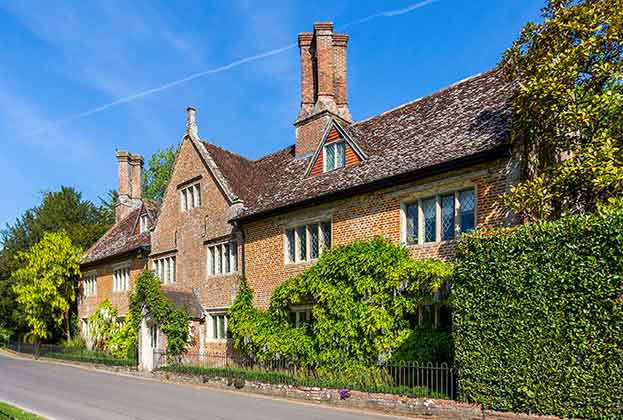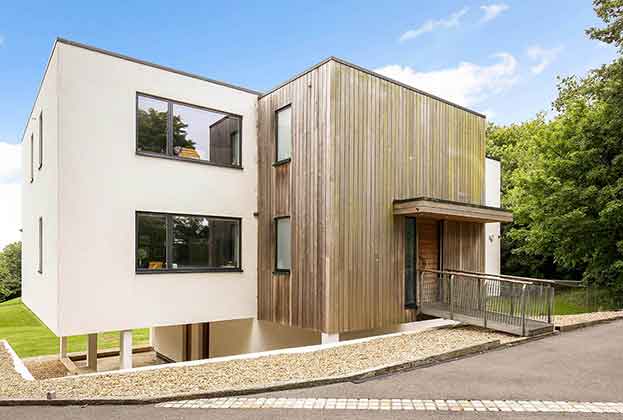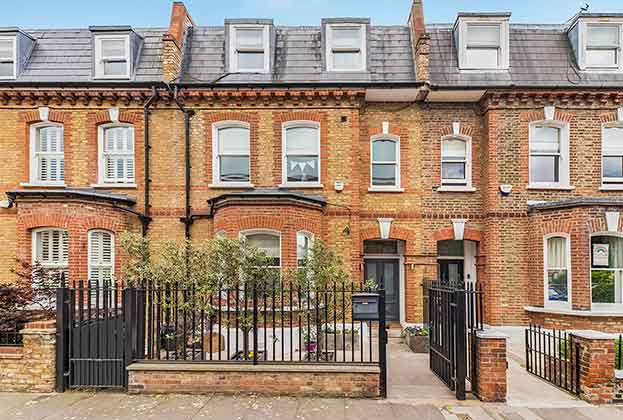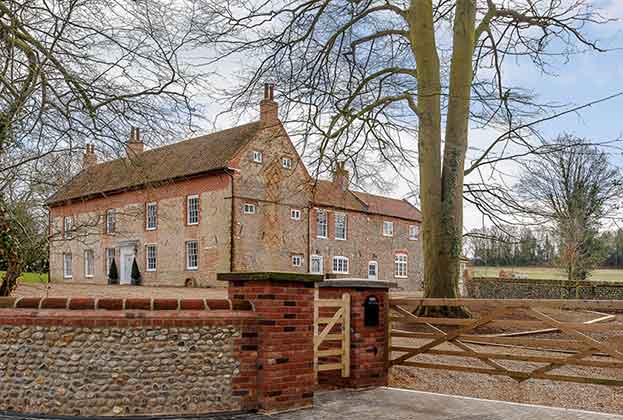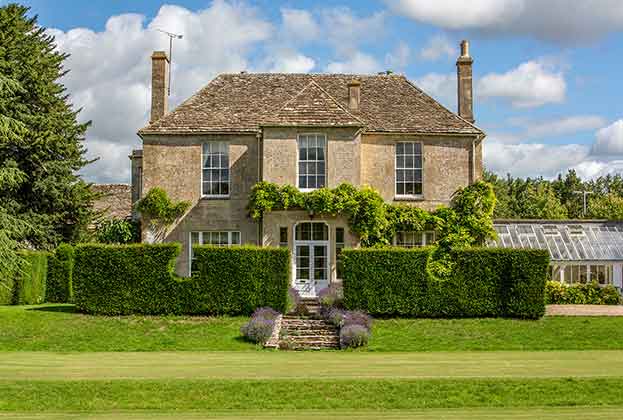Our outlook factors in a range of key economic influences – the low cost of debt, low levels of price growth pre-Covid, stamp duty support and, of course, Brexit
The experience of the past six months is a stark reminder that housing markets, particularly the prime housing markets, can be frustratingly difficult to predict. Were they just a function of what is going on in the domestic economy, there is little doubt that we would be forecasting a price correction of the levels seen in both the early 1990s and in the wake of the credit crunch.
While the economic outlook is likely to mean the market remains price sensitive for the next 12 months, it is other factors, such as the level of pricing prior to the pandemic and the behavioural change sparked by the experience of the lockdown, that underpin our expectation of only modest price adjustments in the short term before a return to growth supported by the return of economic expansion.
How we got to this point
Since George Osborne increased transaction costs and suppressed values in his wide-ranging stamp duty reform at the end of 2014, the prime housing markets have faced a number of other political and fiscal headwinds that meant pricing was not stretched in the way it was prior to previous recessions.
In the markets of prime central London, these headwinds meant values were a full 20% below their 2014 level even before the pandemic – with a further fairly substantial currency play for overseas buyers.
Prior to the pandemic, prime central London property was not the only market that was looking good value and, arguably, overdue a recovery
Lucian Cook, Head of Residential Research
Here, the timing of a recovery appears to be just as dependent on the speed at which international travel restrictions and social distancing restrictions are eased as the pace of recovery in global stock markets or the price of oil.
While the global economy will dictate longer-term wealth retention and generation, reignition of this market will be dependent on when the streets of central London regain their buzz.
Prior to the pandemic, prime central London property was not the only market that was looking good value and, arguably, overdue a recovery. The £2 million+ country house market, which now appears to be waking from its slumber, had been something of a sleeping giant for some time, as buyer attention had turned to prime urban living over the past decade or more.
The cost of debt and lifestyle drivers
In the more needs-based markets along London’s domestic wealth corridors and beyond the capital, the underlying low interest rate environment means that there are not the same affordability pressures at play as during previous downturns. This has meant buyers have been able to act on the changing lifestyle priorities highlighted by our buyer and seller surveys, wherever they currently reside.
The spectre of a spike in unemployment is likely to make buyers cautious on how far they stretch themselves financially, which is likely to continue to drive demand towards properties that offer more inside and outside living space, rebalancing the market between town and country outside of London.
How long this period of rebalancing lasts depends on whether changes to our working and commuting patterns become permanent and we make good on the promises made to ourselves during lockdown to recalibrate our work-life balance. That remains something of an unknown, partly dependent on the speed of the race to find a Covid-19 vaccine, though we expect the shift in mindset to be an important driver of the market over the next 12 months at least.
What then of stamp duty and Brexit?
Stamp duty and Brexit were the two factors that dominated discussions regarding the prime housing markets pre-Covid-19.
We expect the stamp duty holiday announced in the Chancellor’s summer statement to act as a further cushion on price falls over the period to the end of March 2021. For its duration, it will deliver savings equal to more than 2.5% of purchase price in the ‘sweet spot’ for homes between £400,000 and £600,000 – essentially the lower end of the prime market beyond London.
At higher price points, the £15,000 saving is probably best described as ‘a nice to have’ rather than an unmissable gain but, together with the anticipated 2% non-UK resident surcharge that is due to be introduced in April 2021, it will support demand while the economic recovery is at its most fragile.
But given that the government is going to need to have a strong focus on tax revenues once the economic recovery has gained a foothold, it seems unlikely that we will see any further stamp duty giveaways unless they are part of a wider overhaul of property taxes. In that respect, we need to be careful what we wish for.
Brexit undoubtedly poses a risk to the pace of economic recovery as we come out of recession, with the uncertainty that surrounds it having the potential to slow the market in the latter part of this year. Here, our forecasts are based on the assumption that a trade deal is negotiated, even if that requires a short extension to the transition agreement.
Read the articles within Prime UK Residential – Autumn 2020 below
.jpg)
